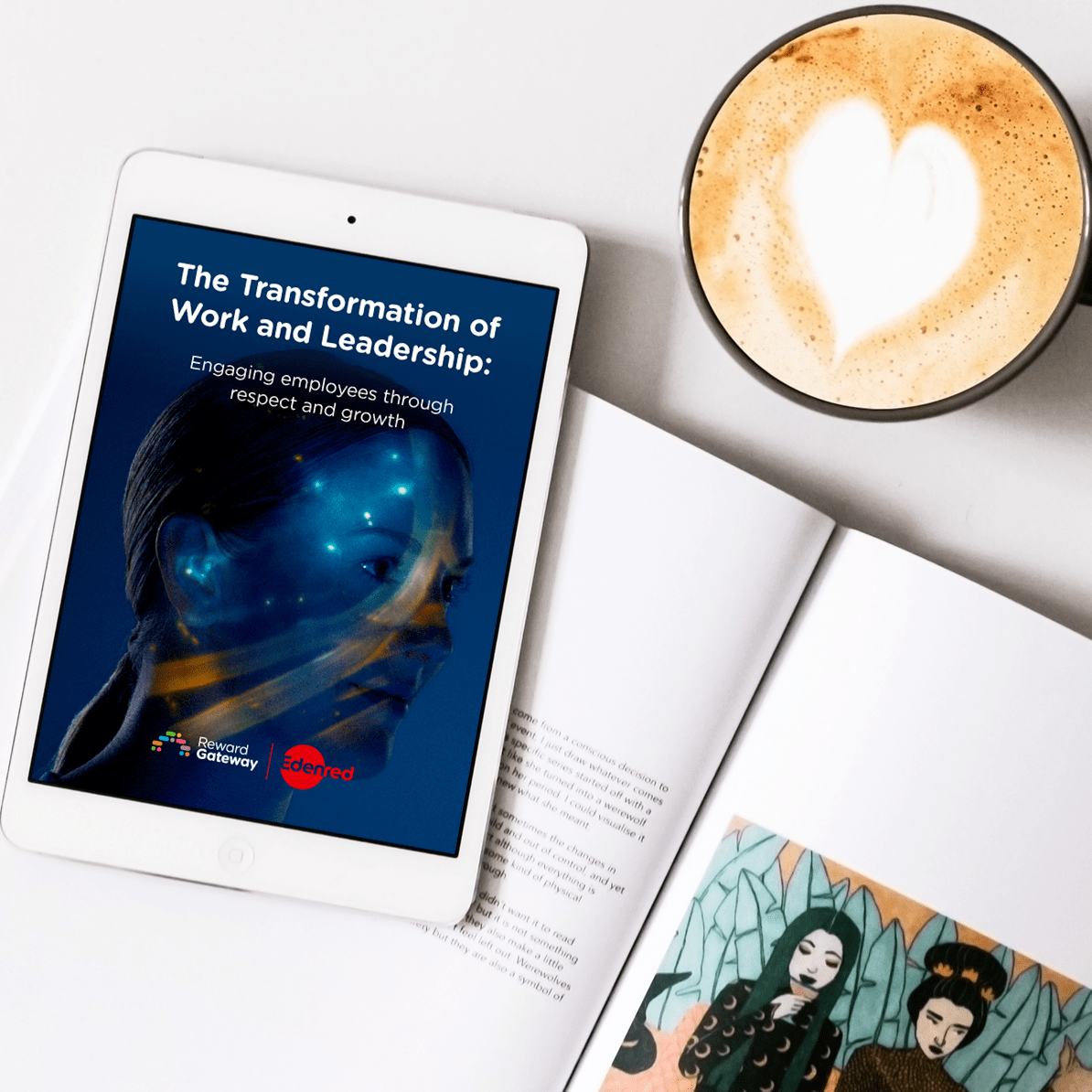How to evolve and future-proof your EVP
Your first guess might be that the most important thing to a prospective employee is salary.
But the reality is that there are many other pieces that round out a complete Employee Value Proposition, and salary is only one of them.
That’s especially true in today’s ever-changing world, where the COVID-19 pandemic has dramatically shifted the employee-employer relationship.
Put simply, an Employee Value Proposition (EVP) answers the questions: "Why do people work here?" and "What’s special about your company?"
An EVP combines every aspect of the employee experience, from salary to the wellbeing allowance offered to the weekly leadership blog.
 It’s all the things that make your organization an attractive place to work.
It’s all the things that make your organization an attractive place to work.
HR leaders realize the EVP must change from "we want to keep you here" to "we want to keep you inspired and supported here."
And this shift in attitude to form the "New Employee Value Proposition" has been largely sparked by the COVID-19 pandemic and how employers have responded to the needs of employees during the international crisis.
While there are countless ways to build your EVP, the organizations that will thrive in the future are paying close attention to core ways to evolve. Here are a few to keep in mind:
The 2021 Employee Value Proposition Definition
| Then | Now |
| Quantity: Employers who have long lists of perks stand out as competitive, without delivering on impact for employees | Quality: Employers use reduced budget to focus on meaningful perks that will impact their employees' day-to-day lives, and their families' lives, too |
| A top-down strategy: HR "tells" employees what they receive and when they're allowed to use benefits | A bottoms-up strategy: Employers give employees the power to choose how and when they engage with benefits |
| One-size-fits-all: All employees receive same benefit, regardless of tenure or demographic | Personalization is key: Tailoring EVP to suit a multi-demographic workforce for all stages of employee lifecycle |
| Rigid salary and workspace requirements: Expected salary requirements and raises | More opportunities to stretch income: Innovate reward and discount programs to increase take-home pay |
| Work vs. personal life separate (competing) entities: Employees locked into 9-5 hours with little flexibility | Acceptance of hybrid and flexible working: Employees looking for more autonomy over how and when they work |
Many of the leading employers are providing benefits that are both unique and surprising, relevant to their organization and meaningful to the employees they want to attract. One of my favorite employee perks is our family leave, which is up to three months paid leave to take care of your family.
Download our eBook to learn how our tools can help you improve your Employee Value Proposition »
Evolving your EVP to meet workforce needs
Recently, Pew Research surveyed 10,334 Americans about the financial impacts of COVID-19. 30% of adults worry every day or almost every day about the amount of debt they have and 29% worry about being able to save for retirement.
A focus on providing employees with practical, financial support is something I’ve seen lately as employers continue to navigate the COVID-19 pandemic.
 Now that you have an idea of what an EVP is, you can start to refine it to make your organization competitive in the employee marketplace. A couple places to start could be to expand your employee discounts, add meaningful employee perks, reevaluating and potentially making changes to your company culture and taking a hard look at how you reward and recognize great work.
Now that you have an idea of what an EVP is, you can start to refine it to make your organization competitive in the employee marketplace. A couple places to start could be to expand your employee discounts, add meaningful employee perks, reevaluating and potentially making changes to your company culture and taking a hard look at how you reward and recognize great work.
Your EVP is a driving contributor to attracting and retaining an engaged workforce. Essentially, your EVP is the "why." Why would candidates choose your organization over others?
What separates the "good" from the "great" EVPs is admitting when things need to change, and being open to the evolution of your EVP. What may have been central to your EVP as a small start-up of 10 in pre-COVID-19 times can differ widely as your business scales and grows amidst a constantly changing environment.
Ask yourself, is your EVP fit for purpose? Will it stand up to the test of time? If you’re unsure, it’s time to shake things up to make sure you’re creating the best environment for your people now, and in the future.

 Robert Hicks
Robert Hicks



